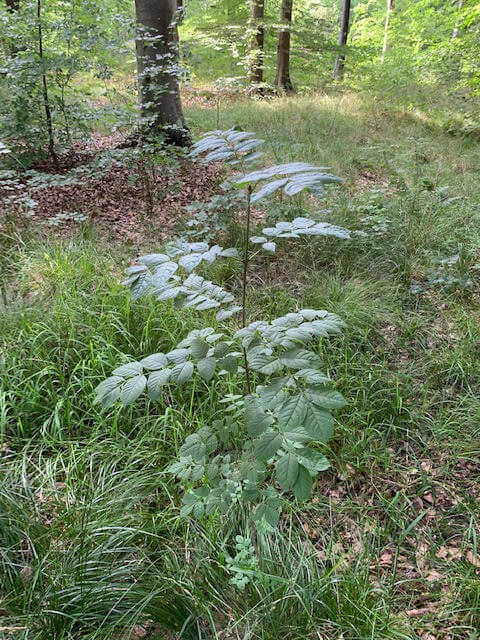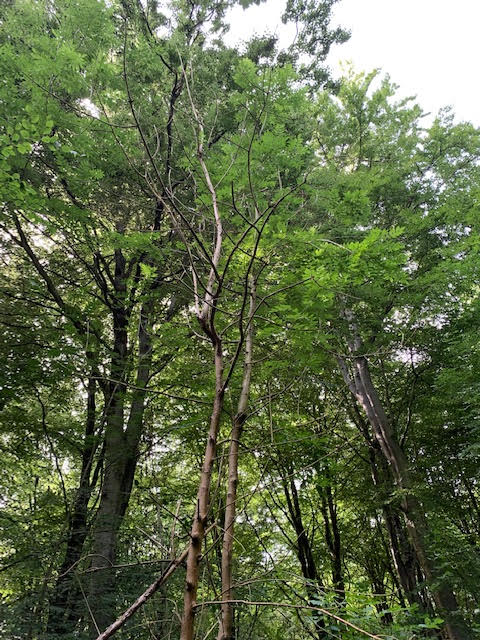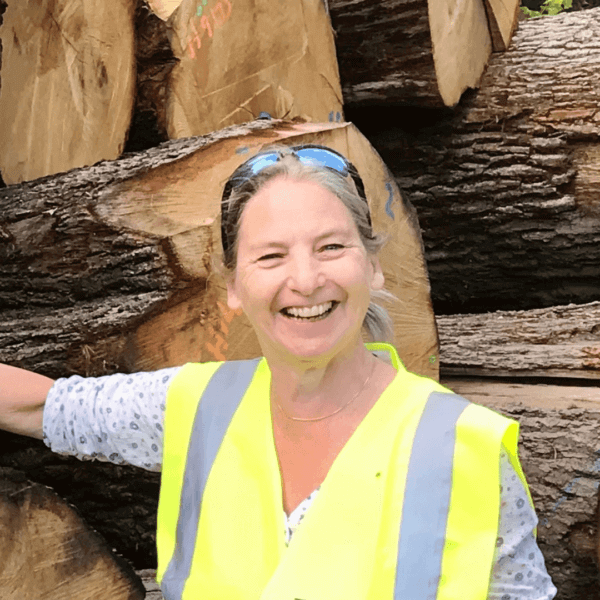Ash Trees Show Signs of Recovery


Hopeful headlines in recent weeks have suggested that ash trees may be mutating to resist ash dieback. The idea has captured public imagination—but the science tells a more complex and cautious story.
Ash dieback, caused by the invasive fungus Hymenoscyphus fraxineus, has ravaged the UK’s ash population, with up to 80% of trees affected in some regions. Yet this summer, many observers have noted that ash trees—including previously infected saplings—look surprisingly healthy. Some have even started to recover, producing fresh green growth.

But according to Dr Jo Clark of the Future Trees Trust, this isn’t a miracle mutation. “Adult trees are not mutating to resist ash dieback,” she says. “Rather, the healthiest individuals are reproducing, and their offspring are more resistant than the previous cohort. This is natural selection at work.”
Dr Clark points to a number of scientific papers showing that the next generation of ash trees appears more tolerant to the disease. Healthier trees are also more fecund, meaning they are more likely to produce viable offspring and pass on their resilience.
There are also environmental factors at play. “This year has been very hot and dry, which has been a poor year for the fungus,” explains Dr Clark. “With little fungal inoculum in the environment, trees are looking better, and even saplings that previously showed dieback are putting on new growth. This is normal.”
Saplings often follow a cycle: they die back, resprout from the base, and may be reinfected. But in low-infection years, their regrowth can appear vigorous, giving a false impression of recovery.
Even among mature trees, the situation is mixed. “We’ve been noticing many healed lesions on trees we assess annually,” says Dr Clark. “Sometimes the tree looks perfect afterwards, other times it’s just a slower decline.”
So, while the sight of green ash leaves is welcome, it may reflect a combination of favourable weather and long-term natural selection, rather than a sudden evolutionary breakthrough. Encouragingly, it does suggest that a more resilient ash population is emerging—slowly, but steadily—from the survivors.



